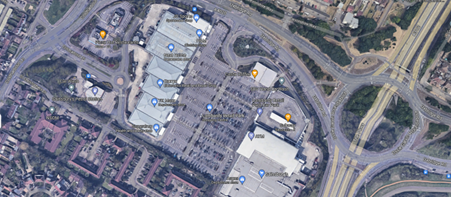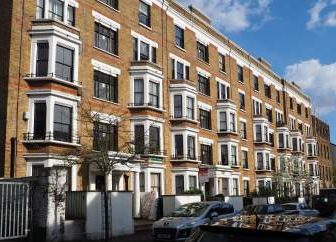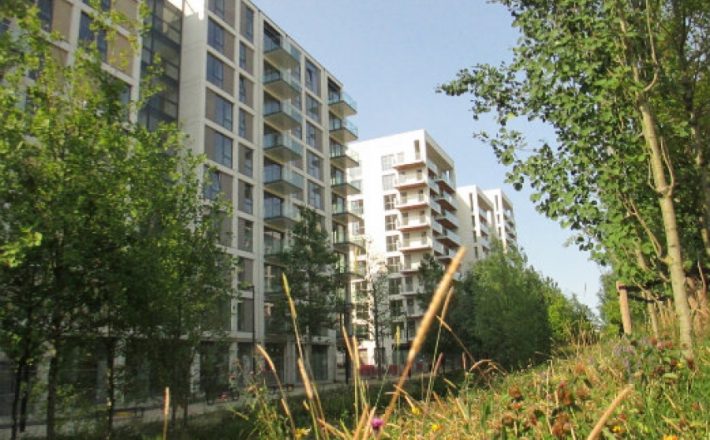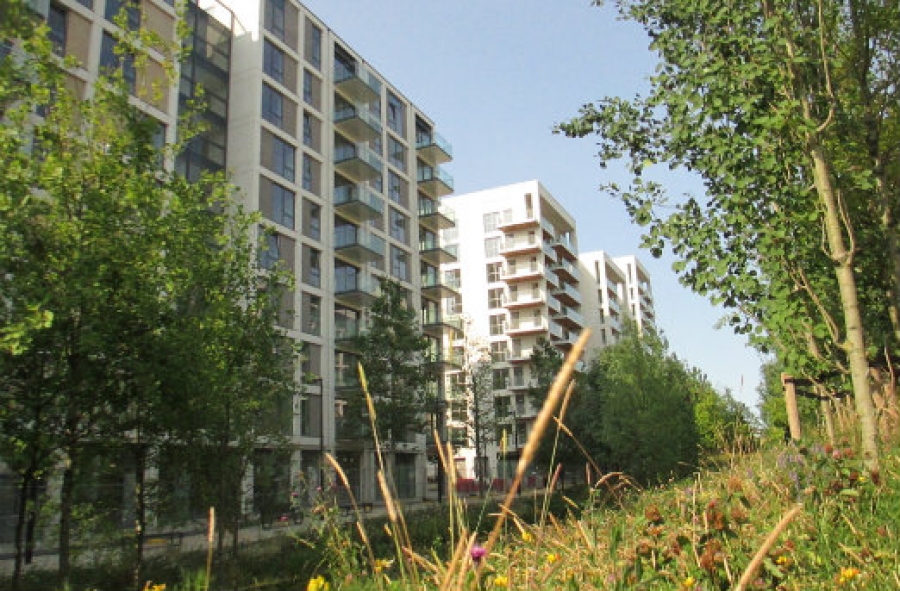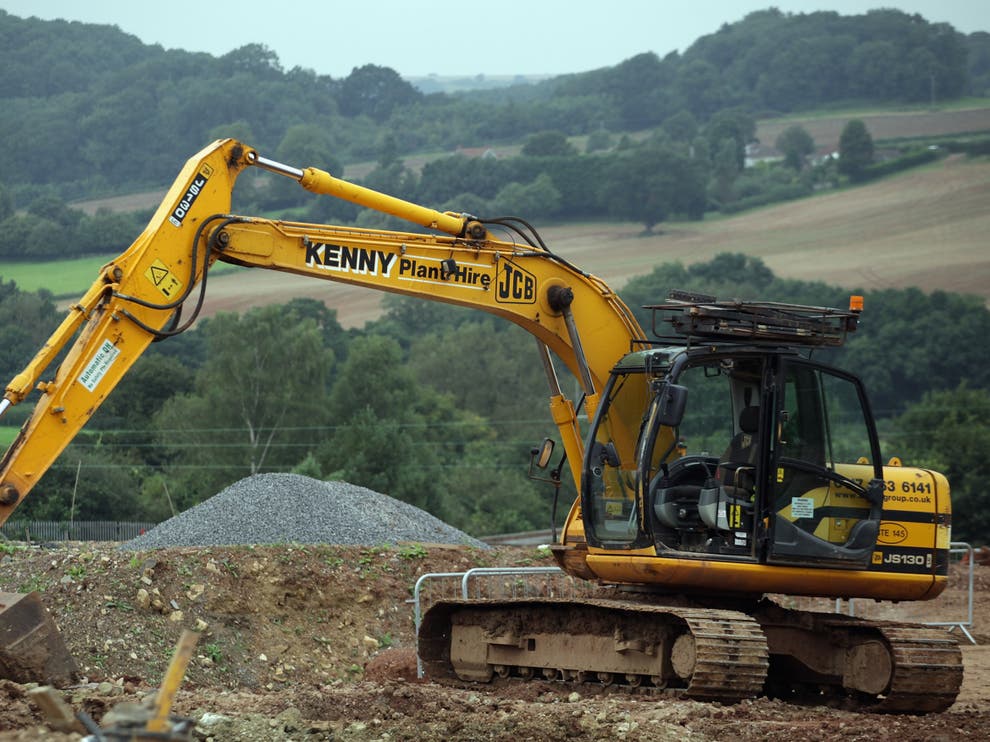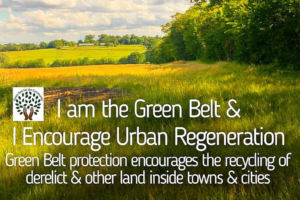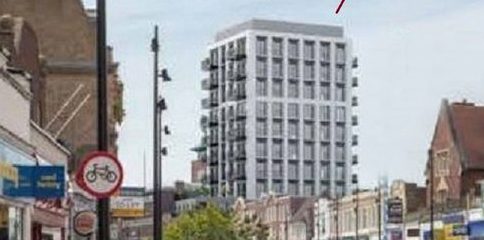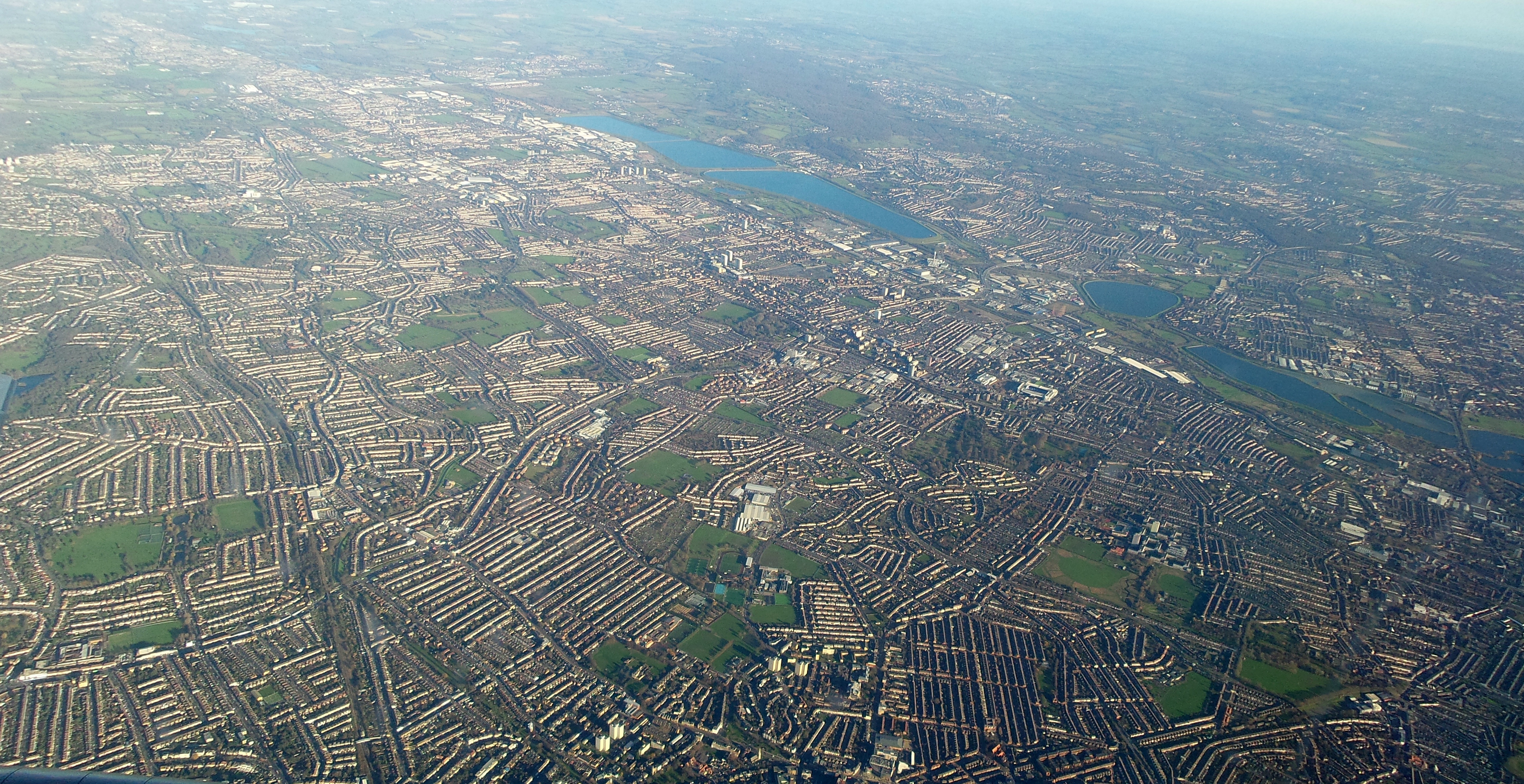Space to build
Our Space to Build work – demonstrates why we don’t need to build on Green Belt.
There are large areas of existing developed land in London that can provide the housing and other new development we need. We’re working with local partners to urge London Boroughs and the Mayor of London to promote better use of developed land to create well-designed, vibrant places that people want to live in – with the homes people need, great public transport links and easy access to work, leisure and nature.
It is commonly argued that ‘to solve the housing crisis we must build on Green Belt and other green spaces’. But evidence shows there are suitable alternative brownfield (previously developed) sites available in London for well over a million new homes, as well as for all our other development needs, without building on green land.
- Our most recent report on this issue was published in November 2021: London brownfield capacity soars.
- Our 2017 report, still relevant today, showed we don’t need to build on green spaces to solve the housing crisis and revealed that it is slow build rates and a lack of funding for affordable homes causing delays to home building and not, as often suggested, a lack of suitable land. Download the report here: SPACEtoBUILD June 2017 – more of that below.
- As a means of demonstrating at a local level that there is plenty of brownfield land to build homes, in 2018-2020 we worked with campaigners in Enfield who were very concerned about council plans to release Green Belt for development. We surveyed the whole of Enfield to identify a huge number of sites, large and small, which could easily accommodate all Enfield’s development needs. Read more about our work in Enfield. More recently we wrote about why the council’s housing strategy is a disaster for residents and also wrote to the Leader of Enfield council in 2021 in response to her incendiary remarks in a local paper.
Londoners may be surprised to know that, even as far back as 2017, permissions had already been granted for 260,000 homes in the capital; and that sites for 560,000 homes had been identified by planners. At the current build rate of 25,000 new homes per year, that would keep us going for 20 to 30 years. With other sites not yet identified, but easily found (and which don’t involve a return to tower blocks) we have enough space to build new homes in London for a minimum of 40 years.
- Airspace – above existing buildings – could provide at least 500,000 homes
- Small sites can deliver more than 100,000 homes
- Estate regeneration could deliver up to 360,000 homes
- Car parks can provide space for 75,000 homes
- Disused garages can provide space for 16,000 homes
- Reclaiming roads and roundabouts could provide space for 10,000 homes
- Increasing housing densities in Outer London could deliver 20,000 homes each year
- Bringing empty homes back into use can deliver 5,000 homes
Of course we need to build more quickly, and to tackle London’s housing crisis effectively we need much more affordable housing. But neither of these objectives will be achieved by releasing more and more land – which is what councils are being asked to do. The only people set to benefit from the release of greenfield land will be landowners and the big housebuilders, not communities in need of decent, affordable housing. Evidence shows that the vast majority of housing proposed for Green Belt is far from affordable.
The Home Builders Federation has said that Local authorities that have amended green belt boundaries have done so only after examining fully all other reasonable options for meeting their housing requirements … but the Government’s so-called ‘housing requirements’ are usually double or even triple actual build rates meaning councils must release land vastly in excess of what will be needed. This is not just poor planning, it is also an excuse for forcing profitable green sites, previously protected from development, onto the market, leaving brownfield sites idle.
CPRE London is calling for:
- More realistic housing targets – Councils should not be required to set targets, and allocate sites, for double the number of homes likely to be built;
- The enforcement of a ‘brownfield first’ approach – There should be a clear requirement for all suitable brownfield sites and other wasted spaces outlined in the report to be built out before any greenfield site is considered for development; and
- More affordable homes to solve the housing crisis – Housing policy and public investment should be refocused on delivering genuinely affordable homes.



